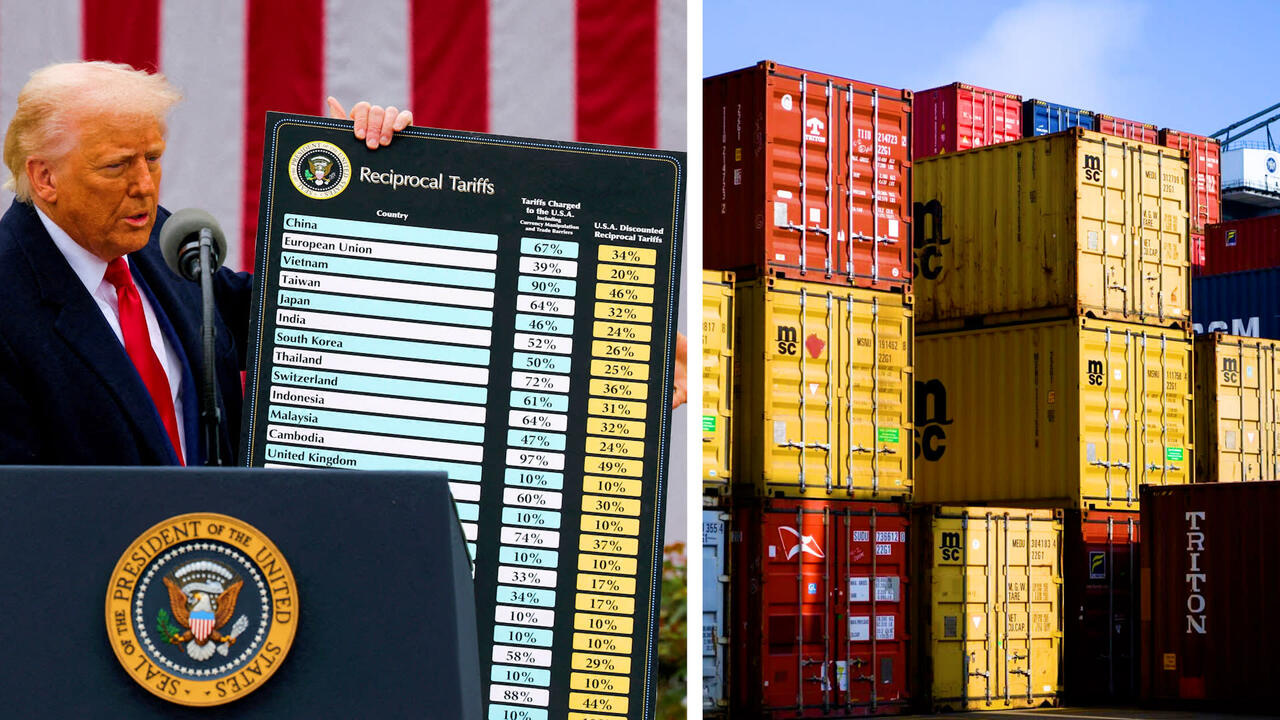Trump tariffs challenged but red meat exports continue unabated
What influence have tariffs had on red meat exports? We break down the May figures to see whether there’s been an impact.

A challenge to President Donald Trump’s tariffs on all imports has given fresh hope to Australia’s red meat industry.
Last week, the United States Trade Court ruled that the tariffs, which include 10 per cent on red meat exports from Australia, were not allowed under emergency powers used by President Trump.
But an immediate appeal by the Trump administration means the tariffs will stay in place for now.
The US was Australia’s major customer for beef last year, taking 394,715 tonnes, but was also the biggest export buyer of Australian lamb with 83,133 tonnes.
Australian Meat Industry Council chief executive Tim Ryan described trade with the US as an “important, long-standing, and valued trading partner for Australian red meat”.
“Our trading relationship is mutually beneficial and underpins US further processing and the affordability of protein to US consumers,” Mr Ryan said.
“We are closely watching (the) US federal court ruling on recently imposed tariffs and continue to advocate for a return to free and open trade.”
Victorian Farmers Federation livestock group president Scott Young said processors appeared to have been able to cope with the 10 per cent tariff for exports into the US so far.
“You only have to look at livestock markets where prices can vary 10-20 per cent from week to week to know they must build these kinds of things into their business,” Mr Young said.
“As long as they are not dealing with a 50 or 80 per cent tariff, it seems like they can manage it.”
Red meat export figures for May remain strong, with end of month totals due to be released by the Department of Agriculture, Fisheries and Forestry later this week.
Monthly exports up until May 29 included 122,374 tonnes of beef, 35,141 tonnes of lamb and 18,651 tonnes of mutton.
Even without end-of-month totals, lamb exports are up on the April total of 31,143 tonnes, as was mutton, with 17,648 tonnes were exported last month. There were 127,172 tonnes of beef exported in April.
As of May 29, the US had imported 36,689 tonnes of Aussie beef for the month, compared to 18,621 tonnes to Japan and 16,465 tonnes to Korea. China, which is included in the category “Other Asia” had imported 35,877 tonnes.
Mr Young said strong export results, to the US as well as other key markets for both beef and lamb, had underpinned values and in turn had generated good returns despite the tough seasonal conditions across much of south-eastern Australia.
“These strong export markets mean that even with the dry times, we as producers have still been able to get a good price for our animals,” he said.




